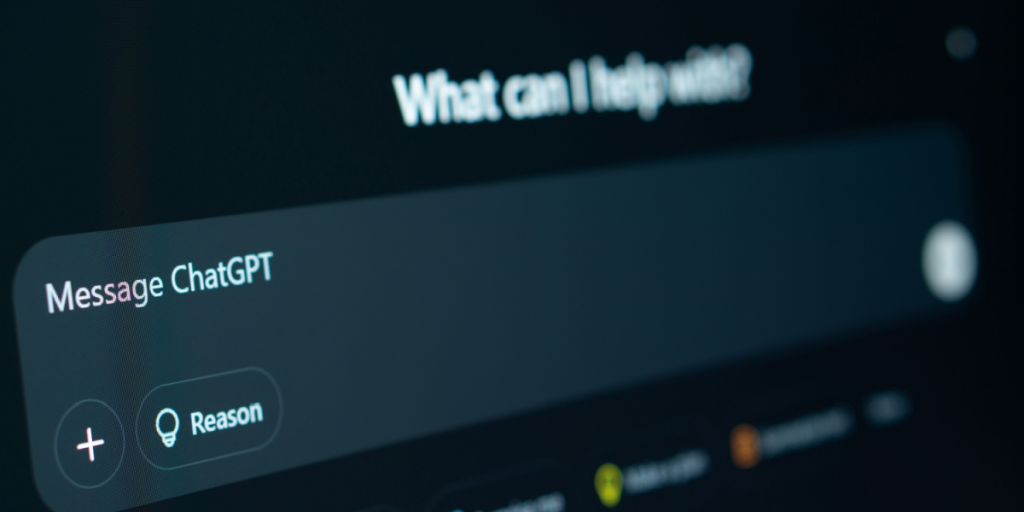Unapproved AI tools hidden in everyday workplace software are creating a dangerous cybersecurity blind spot. Known as shadow AI, these features lurk inside popular SaaS apps like Slack and Salesforce, exposing sensitive data and triggering potential privacy violations—often without IT ever knowing.
Others are reading now
Unapproved AI tools hidden in everyday workplace software are creating a dangerous cybersecurity blind spot. Known as shadow AI, these features lurk inside popular SaaS apps like Slack and Salesforce, exposing sensitive data and triggering potential privacy violations, often without IT ever knowing..
Shadow AI: The New Face of Shadow IT

Like shadow IT before it, shadow AI involves the unsanctioned use of tools—this time with more powerful data access and far greater exposure potential.
Why AI Is Riskier Than Traditional IT

AI tools often require broader access to company data, making breaches more damaging. This deeper data reach increases the stakes dramatically.
Everyday Tools, Hidden Threats

From AI chatbots and coding assistants to meeting transcribers and CRMs, employees use AI features embedded in apps without realizing the risks.
Also read
GenAI Tops the Threat List

Unapproved generative AI tools like ChatGPT present the biggest danger, as they frequently operate without oversight or compliance checks.
Data Privacy and Compliance at Risk

Shadow AI can violate key regulations like GDPR, CCPA, and HIPAA by processing personal data without consent or adequate safeguards.
SaaS Apps Conceal AI Functions

Even approved SaaS tools may hide unauthorized AI features. Detecting these requires deep configuration analysis beyond traditional security tools.
Why Traditional Tools Fall Short

Legacy solutions like CASBs only detect direct tool usage. They can’t track embedded AI or monitor how it handles sensitive data internally.
Security Needs to Evolve

Organizations must adopt advanced SaaS security tools and proactive AI monitoring systems to stay ahead of new threats.
The Human Element Still Matters

Training employees and setting clear AI usage policies remain key. Awareness is the first defense against shadow AI’s expanding footprint.


